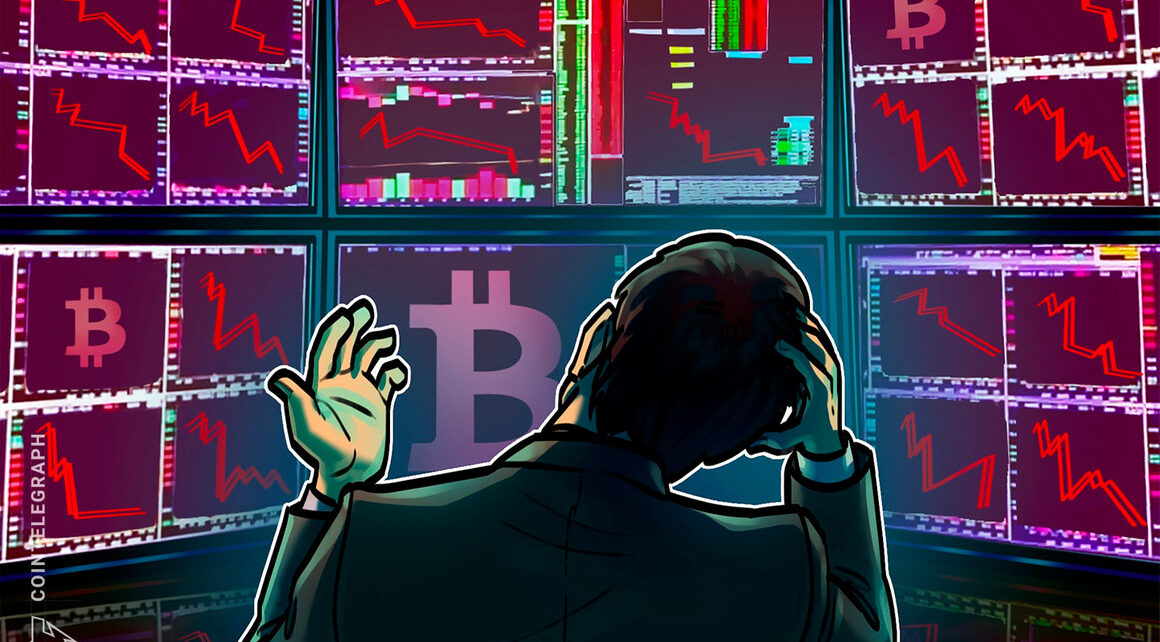The total crypto market capitalization has been trading in a descending channel for the past 29 days and currently displays support at the $1.17 trillion level. In the past 7 days, Bitcoin (BTC) presented a modest 2% drop and Ether (ETH) faced a 5% correction.
The June 10 consumer price index (CPI) report showed an 8.6% year-on-year increase and crypto and stock markets immediately felt the impact, but it’s not certain whether the figure will convince the U.S. Federal Reserve to hesitate in future interest rate hikes.
Mid-cap altcoins dropped further, sentiment is still bearish
The generalized bearish sentiment caused by weak macroeconomic data and uncertainties regarding the Federal Reserve's ability to curb inflation has severely impacted crypto markets.
The Fear and Greed Index hit 11/100 on June 9, and the data-driven sentiment gauge has been below 20 since May 8.
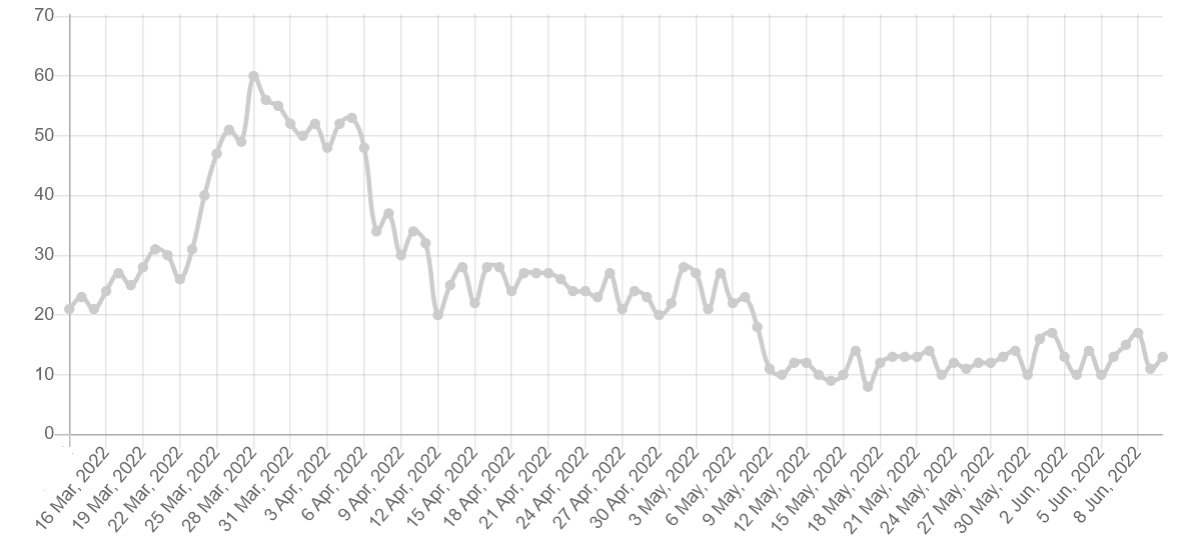
This persistent "extreme fear" reading indicates that investors are worried but, at the same time, it supposedly presents a buying opportunity.
Below are the winners and losers from the past seven days. While the two leading cryptocurrencies presented modest losses, a handful of mid-capitalization altcoins declined by 14% or more.
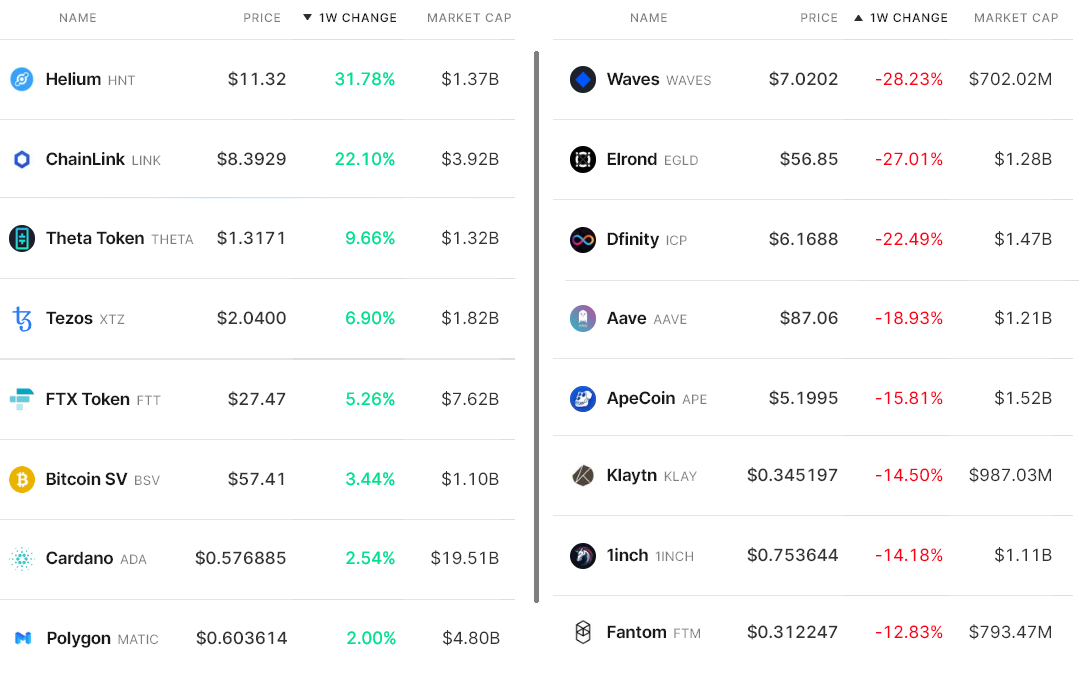
Helium’s (HNT) community approved the HIP-51 proposal, covering the economic and technical constructions required to support new users, devices and different types of networks, including cellular, VPN, and WiFi.
Chainlink (LINK) rallied 22% after the developers released a revamped Chainlink 2.0 roadmap, including native token staking.
Theta Token (THETA) gained 9.7% as the network announced livestream support using API technology which enabled instant and easy connection to apps and websites.
WAVES lost 28% after the $1,000 daily withdrawal limit for stablecoins in Vires Finance were implemented to avoid further pressure on the Neutrino Protocol Stablecoin (USDN).
Data shows traders are less inclined to sell at the current levels
The OKX Tether (USDT) premium is a good gauge of China-based retail crypto trader demand. It measures the difference between China-based peer-to-peer (P2P) trades and the United States dollar.
Excessive buying demand tends to pressure the indicator above fair value at 100%, and during bearish markets, Tether's market offer is flooded and causes a 4% or higher discount.
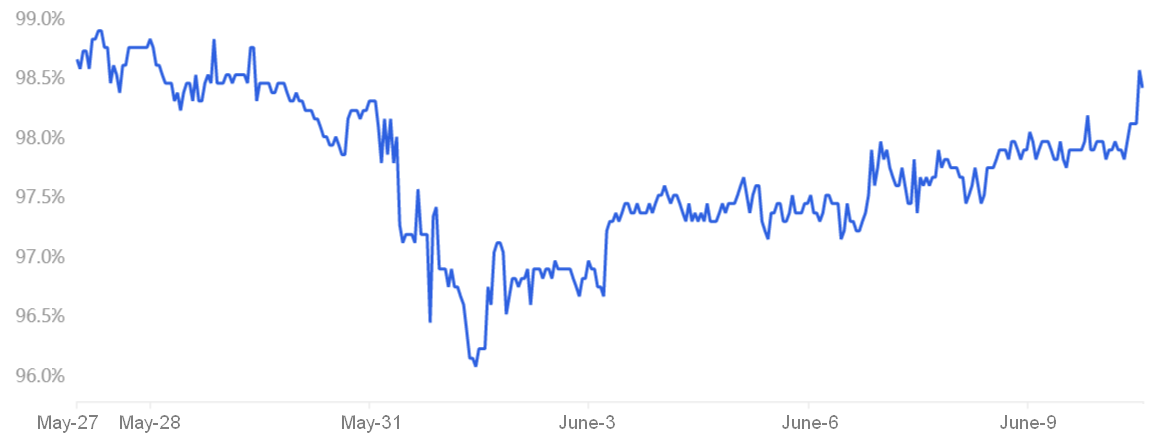
On May 31, the Tether price in Asian peer-to-peer markets entered a 4% discount, signaling intense retail selling pressure. Curiously, the situation improved on June 10 after the indicator moved to a 1.5% discount. Despite remaining negative, the metric shows investors' willingness to buy the dip as the total crypto capitalization dropped below $1.2 trillion.
To exclude externalities specific to the Tether instrument, traders must also analyze the cryptos futures markets. Perpetual contracts, also known as inverse swaps, have an embedded rate that is usually charged every eight hours. Exchanges use this fee to avoid exchange risk imbalances.
A positive funding rate indicates that longs (buyers) demand more leverage. However, the opposite situation occurs when shorts (sellers) require additional leverage, causing the funding rate to turn negative.
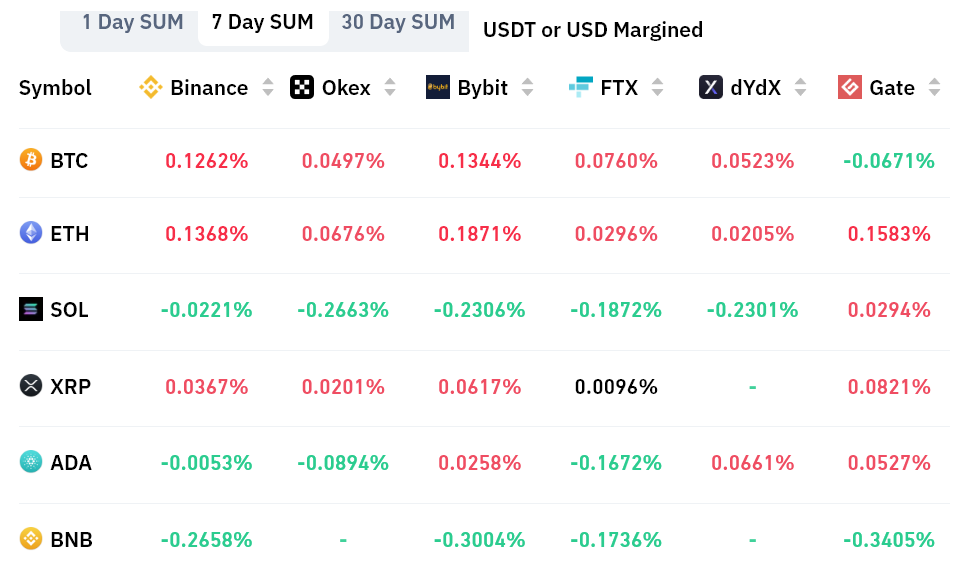
Perpetual contracts reflected mixed sentiment after Bitcoin and Ethereum held a slightly positive (bullish) funding rate, but altcoin rates were negative. For example, BNB’s negative 0.20% weekly rate equals 0.8% per month, which is generally not a concern for derivatives traders.
Any recovery depends on macroeconomic data stabilizing
According to derivatives and trading indicators, investors are less inclined to reduce their positions at current levels, as shown by the modest improvement in the Tether premium.
The positive funding rate for Bitcoin and Ether futures displays traders' growing appetite for leveraged long positions as the total crypto capitalization broke below $1.2 trillion.
Unless the traditional markets and macroeconomic scenario deteriorates, there is reason to believe crypto investors are expecting a positive price move soon.
The views and opinions expressed here are solely those of the author and do not necessarily reflect the views of Cointelegraph. Every investment and trading move involves risk. You should conduct your own research when making a decision.


